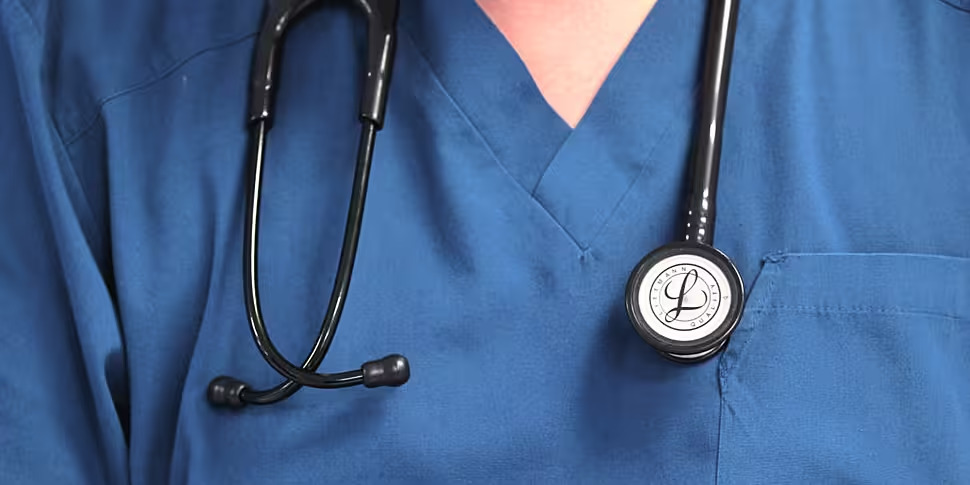The latest figures from the National Treatment Purchase Fund (NTPF) have revealed a small decrease in the number of people on hospital waiting lists across the country.
66,594 patients were waiting for an appointment for inpatient treatments in November, which is a reduction by almost 1,000 on the month previously.
The figures have consistently fallen every month this year, apart from in July, from a high of 72,027 in January.
The hospitals with the largest waiting lists are Galway University Hospital and Dublin's Beaumont and Mater hospitals.
The data for November also shows that 563,410 patients are waiting for their first hospital outpatient consultation.
This is a reduction of almost 4,000 on the previous month.
The figures rose steadily from January this year, reaching a peak of in 568,769 September and have fallen since.
Meanwhile, 22,420 people are waiting for an appointment for their endoscopy procedure.
Fianna Fáil health spokesperson Stephen Donnelly welcomed the reduced waiting lists, but said "by no standard" could the outpatient figures be viewed as acceptable.
He said over 176,000 people have been waiting more than a year for a consultation, while 10,000 inpatients have also been waiting more than 12 months.
Mr Donnelly said: "The improvement is very slight and there will have to be a very significant fall in December for Minister Harris’s target of 60,000 for the year to be reached.
“So while the falls are welcome the performance in 2019 has been hugely disappointing with targets for both outpatients and inpatients not being met."
The Irish Hospital Consultants Association (IHCA) also said that the figures were "unacceptable".
IHCA President Dr Donal O’Hanlon said: "Fine Gael has done nothing to staff our hospitals with the medical specialists needed.
"This winter, as with each one before, patients are now enduring long wait times, cancelled surgeries and treatment on trolleys due to this Government inaction.
“Only Election 2020 can now call Government to account for why it is failing to make any significant inroads reducing the one million waiting for hospital care”.









